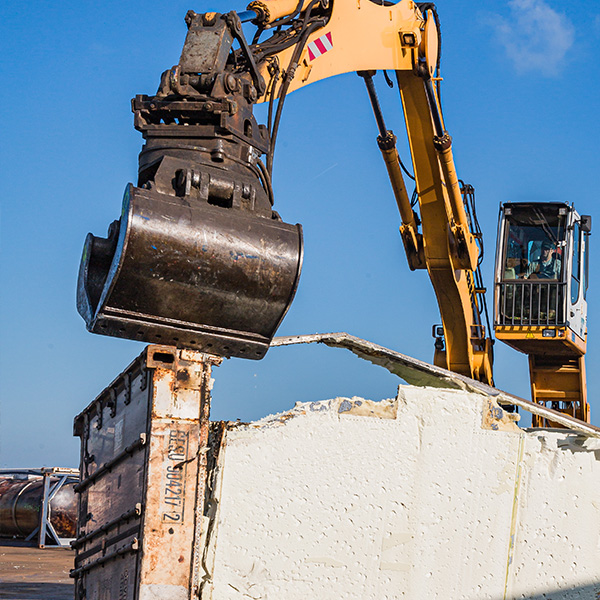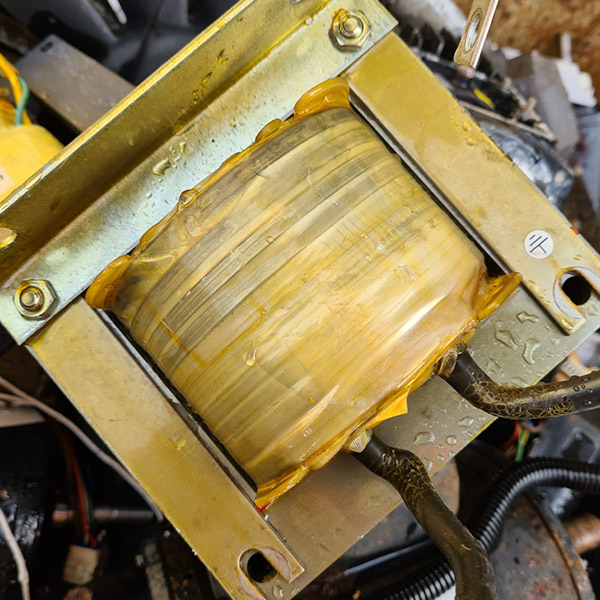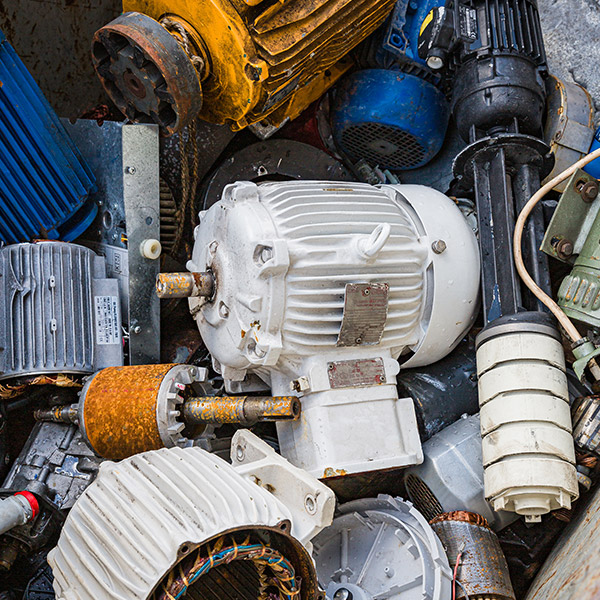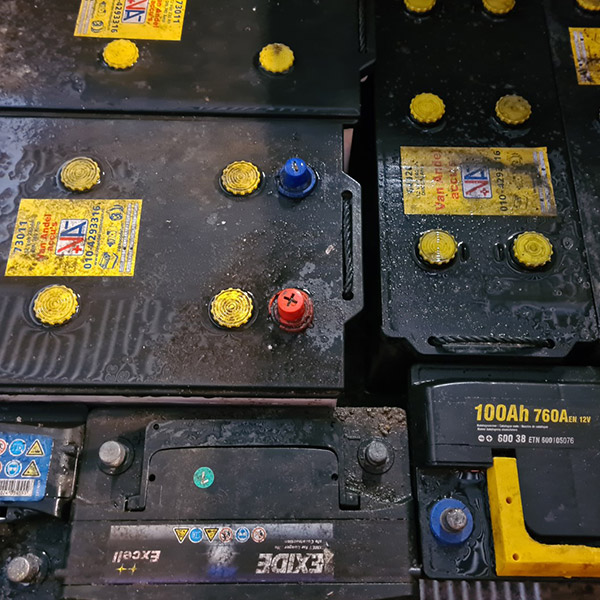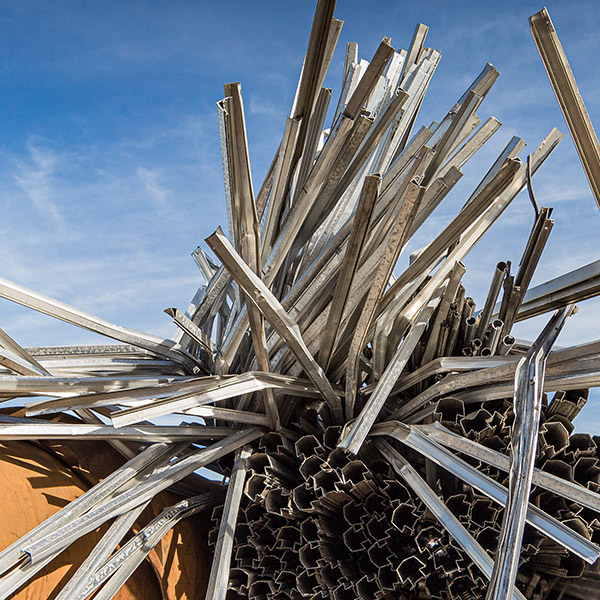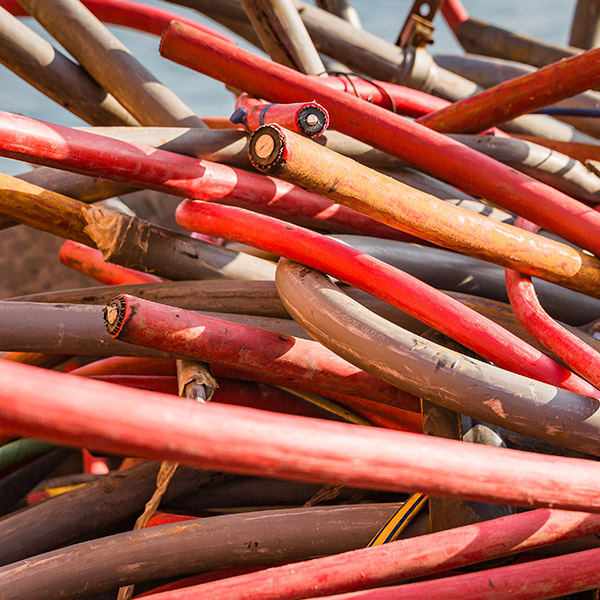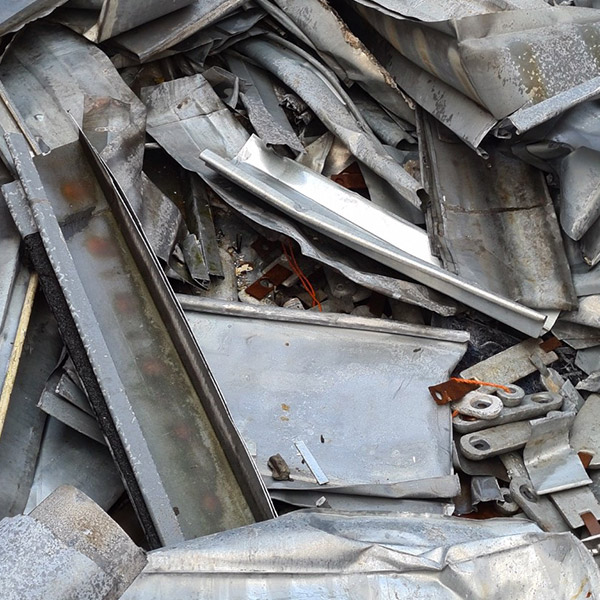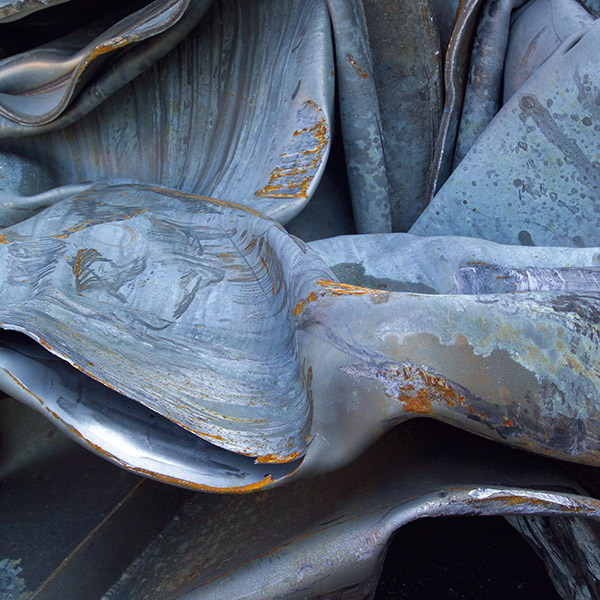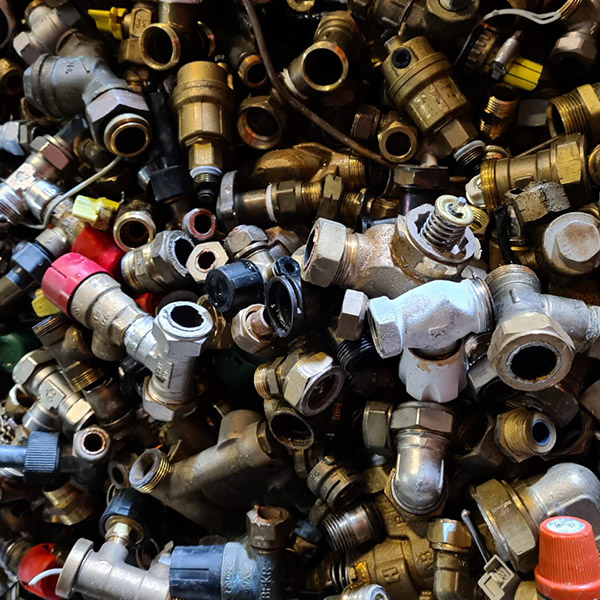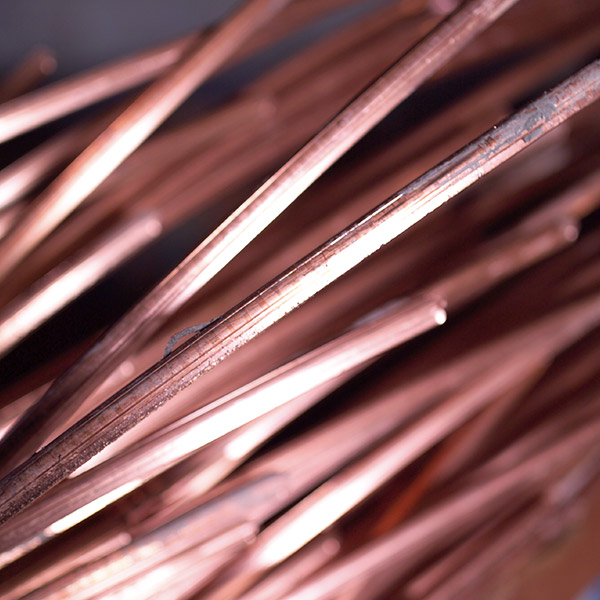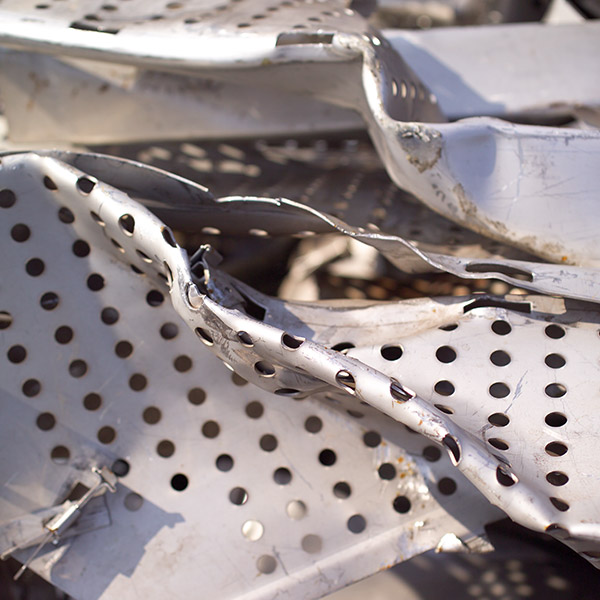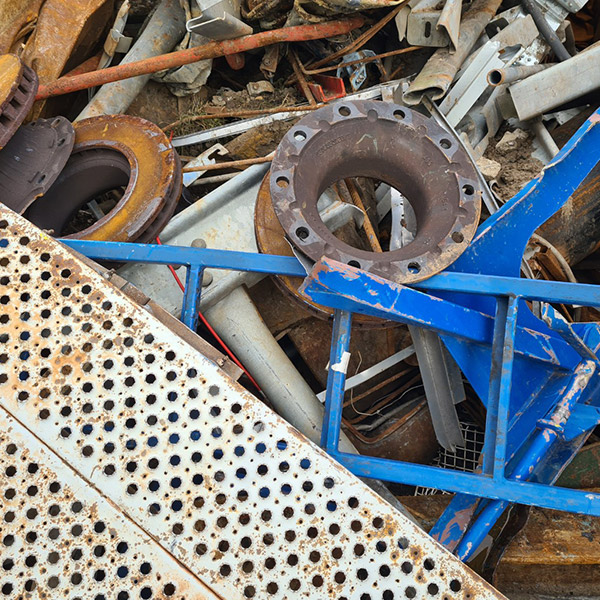Iron
Iron is the most widely-used metal worldwide, but certainly not the first to be used by man. Iron is has a far higher melting point than e.g. lead, copper or tin – which is why these metals were in use well before the start of the Iron Age. Scrap actually plays an indispensable role in the production of iron and steel. The main difference between iron and steel is their respective carbon contents. Iron is brittle compared to the harder steel: a difference in quality that in turn has resulted in very different applications.
Well-known grades of iron are:
- Light iron grade
- Cut iron grade
LIGHT IRON GRADE
Made up of discarded bikes, desks and other ‘welfare scrap’. This category can also contain a relatively large proportion of other metals and alloys. Until 2015, light iron also included washing machines, cooking ranges and the like, but nowadays these items are no longer accepted within this grade. Such appliances are classified as ‘e-waste’, which is subject to different regulations for collection and processing. The processing and recycling of light iron grade scrap is very labour-intensive. Iron that is suited for re-use needs to be cleaned and filtered for foreign elements.
CUT IRON GRADE
Cut iron grade scrap is often brought in by building construction companies, contractors and welders. It usually becomes available after the demolition of a variety of structures, including bridges, cranes and buildings. As well as lighter weight structural elements like tubes, conduits, rebar, iron pipe, etc. Prices can vary considerably.

